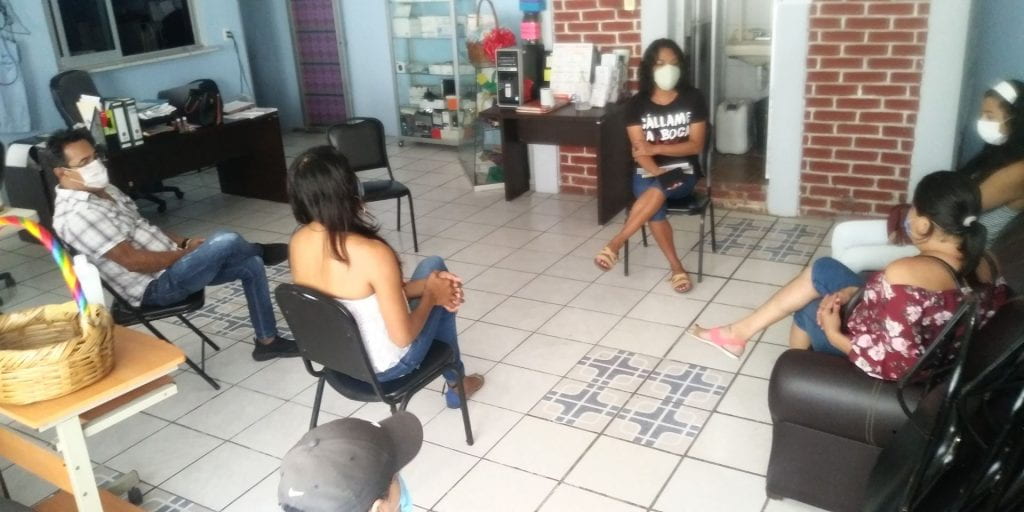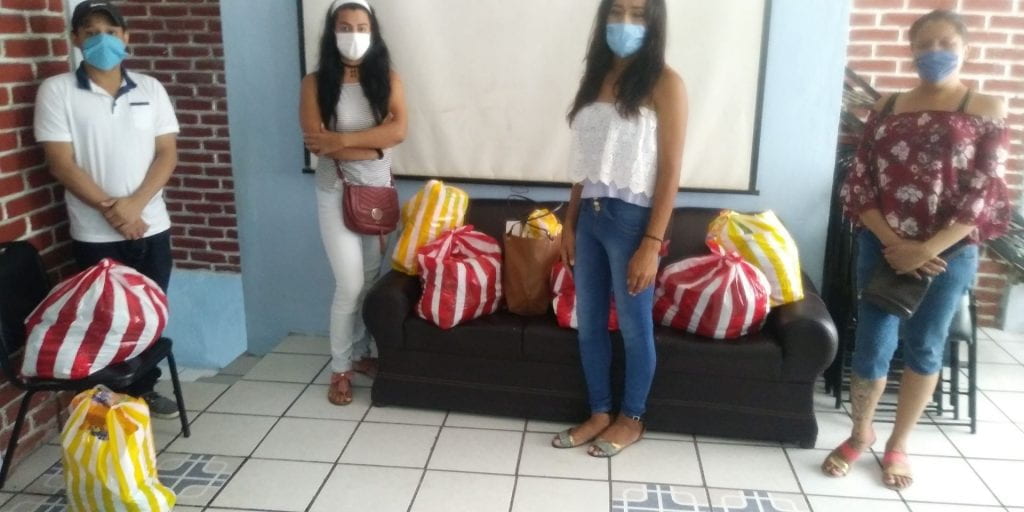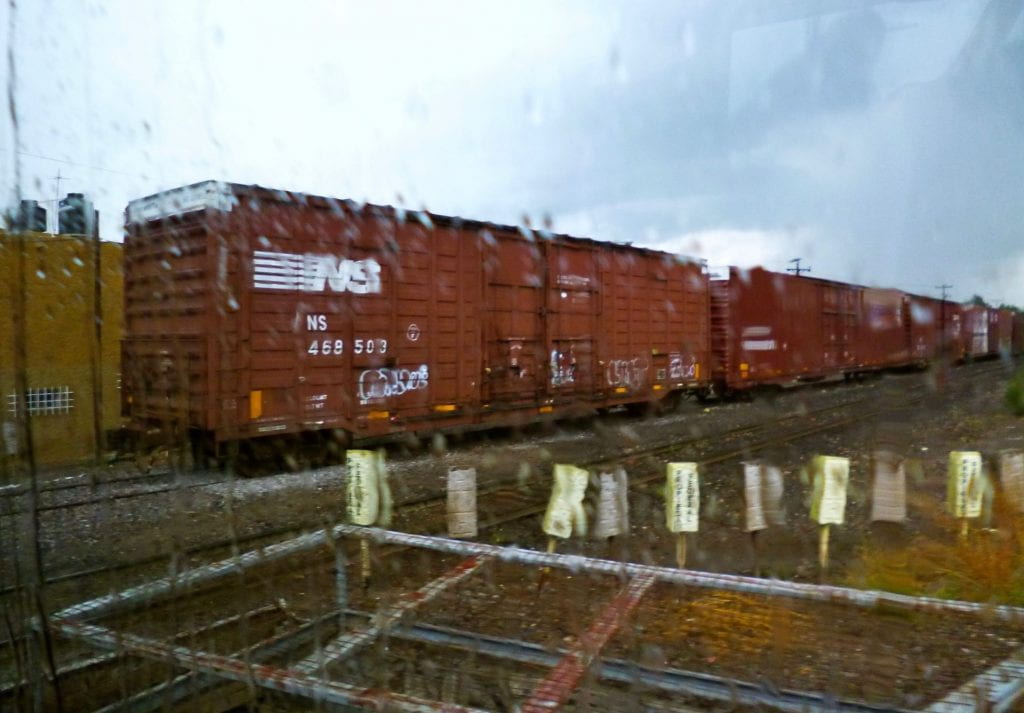Por Ailsa Winton y Rosember López Samayoa.*
Versión en ingles aquí.
Si bien muchas ONGs prácticamente han cesado sus actividades desde el inicio de la pandemia en Tapachula, una ciudad a poca distancia de la frontera de México con Guatemala, algunas decidieron continuar. Aquí el equipo de la organización Una Mano Amiga en la Lucha contra el SIDA (UMALCS) comparte algunas de sus reflexiones y experiencias sobre cómo la pandemia ha afectado su trabajo con la población local y migrante.
¿Cómo han sido las respuestas de otras organizaciones e instituciones gubernamentales ante la pandemia?
De parte de las instancias gubernamentales, nos parece que ha sido una respuesta bastante inefectiva; pareciera ser que el único problema que existe aquí en la frontera sur es el tema del COVID. El cierre parcial o total de centros de salud ha causado dificultades para solventar necesidades de las enfermedades no graves de la población tanto migrante como local. En el caso de nuestro trabajo en salud sexual, podemos atender a las personas, pero no tenemos adónde canalizarlas. Nos parece que en una pandemia, debieron haber aumentado su capacidad para atención y no la parte contraria.
Respecto a las autoridades migratorias y para refugiados, hubo por ahí un desajuste, ya que por instrucciones del gobierno federal, dejaron de prestar servicios, sin embargo no se detuvieron las detenciones, la violación de DHH contra personas migrantes.
Para personas migrantes, es algo que se relaciona con la salud y el bienestar emocional, el tema del estrés y la desesperación de qué va a pasar con sus trámites, el abandono de ellos y el regreso a su país de origen, o el continuar caminando hacia la frontera norte, completamente solos, exponiéndose ante la situación de inseguridad y la pandemia, además de la inestabilidad económica.
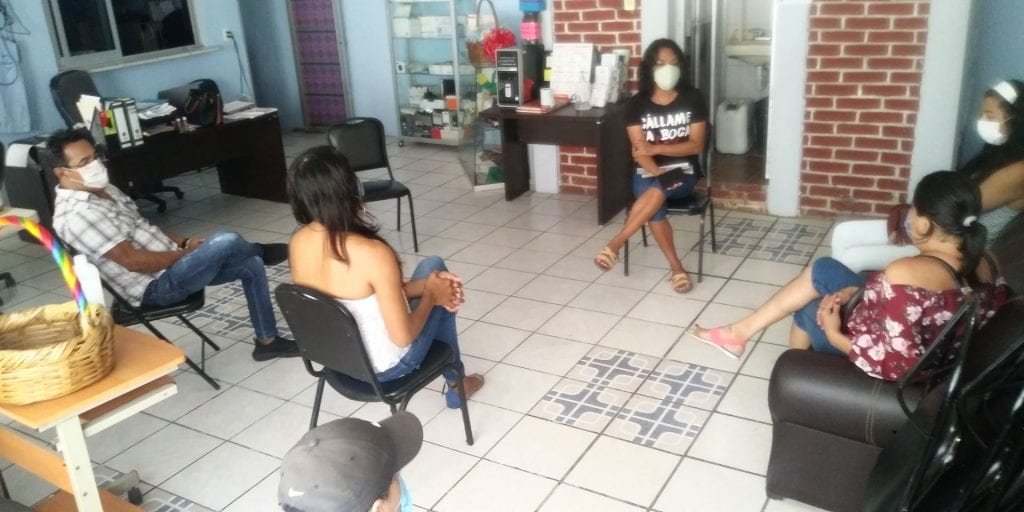
En el tema de los ONG, tenemos que hacer como una reflexión más profunda, porque se supone que los ONGs deberíamos ser de los primeros de estar pendiente de las necesidades, sobre todo organizaciones que trabajamos el tema de migracion y derechos humanos. Aquí no lo vimos así; muchas dejaron de prestar sus servicios. En acciones realizadas durante la pandemia, se hizo evidente las sinergias entre organizaciones que habían colaborado antes, pero fueron también muy evidentes las ausencias de muchas organizaciones.
De nuestra parte, hemos seguido prestando servicios. Sí tuvimos que hacer adecuaciones a horarios, y poner en pausa los abordajes en calle, pero de una u otra forma hemos seguido atendiendo a personas migrantes, solicitantes de refugio LGBTI, sobre todo en salud sexual y reproductiva y VIH, de la mejor forma posible.
Pero la respuesta en general debe ser más amplia; en una cuestión de emergencia o epidemia, a las instituciones y las ONGs e organismos internacionales, nos faltan bases o fundamentos para tener un comportamiento más activo y más pronto.
Pero en este sentido, un plus es que en Tapachula a partir de los éxodos migratorios, ya se había conformado un grupo de monitoreo desde la sociedad civil, que puede reactivarse. También hay organizaciones que quizás no están realizando actividades en campo tal cual, pero sí denuncian atropellos hacia personas migrantes, y de esta forma, juegan un papel importante en este momento.
¿Qué ha demostrado la pandemia? Y ¿cómo ha afectado su trabajo?
Algo que muestra esta pandemia es la forma de organizarse de las personas, sobre todo de quienes viven en hacinamiento, se modificó y a partir de la forma en que estaba construida el tejido social de estos, ¡o se compuso o se descompuso! Definitivamente, para quienes no tuvieron como una mejor manera de articulación, fue evidente que las vulnerabilidades aumentaron.
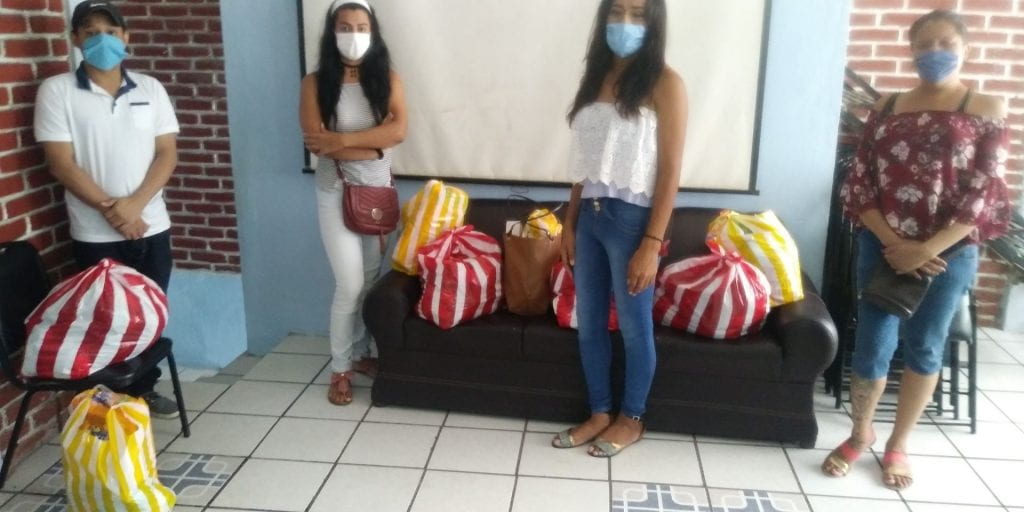
También ha demostrado el efecto emocional que puede tener el encierro. En el caso de albergues para migrantes, hubo confinamiento y ahí está envuelto el tema de la salud mental, cómo el encierro significó mucho, aún con todo lo que pudiera implicar estar en un albergue; tan así que muchas decidieron salir a pesar de no tener adonde irse.
Quizás lo que ha afectado más es que UMALCS, su trabajo es más presencial, de campo, en la cual las plataformas difícilmente nos puedan servir. Por ejemplo en el tema de los abordajes, lo hemos suspendido y el tema es como visitar lugares donde están ellos, bares, calles, parques, a través de una plataforma, cuando la población no tiene recursos, o costumbres de usar estas tecnologías.
¿Qué lecciones o reflexiones se llevan de toda la experiencia de trabajar y vivir en medio de la pandemia?
El tema de la COVID, ha venido a destapar nuevamente el tema de la discriminación. Muchas organizaciones religiosas han señalado a la población LGBTI como responsables de esta epidemia, por el castigo divino. Todo esto nos lleva a que el tema de la estigmatización y discriminación en cuestiones de salud, sigue siendo presente, como la población LGBTI fue estigmatizada en la epidemia del VIH, ahora también.
Da mucho miedo; el preocuparte por el equipo, por la falta de seguro social adecuado, qué pasa si se contagian. Debemos estar trabajando la contención emocional, acompañamiento de otras personas. El contacto físico de una persona con otra, sorprende los resultados que puede dar, pero en COVID no se puede esto. En las organizaciones, tenemos que rescatar el tema humano; cuidarnos, como un solo organismo.
Tenemos que cambiar, realizar el trabajo de forma diferente, sin perder la calidez humana. Hay mucha incertidumbre todavía, pero hay que ver como adecuar nuestro trabajo diario, y sí hay posibilidades de hacer cosas nuevas. Incluso los cambios podrían ayudar en desnormalizar algunas violencias sexuales, como un punto favorable.
Sin duda, el reto mayor es el acceso a las tecnologías entre la población. Pero como sociedad civil, tenemos que seguir desarrollando en sinergia con otras para beneficio de las poblaciones más vulnerables.
* Con la participación de Erika Guadalupe Sumuano Moreno, Yadira Esmeralda Guerrero Castro, Esau (Essa Lilith) Pérez Hernández, Gonzalo Ernesto Cue Rasgado, Giseth Gordillo Verdugo, Francisco Javier Meza Rodríguez, Margarita Concepción Morales Villanueva, Alfredo Alejandro Marroquín Saucedo, Juan Carlos Veliz Sempoll.


